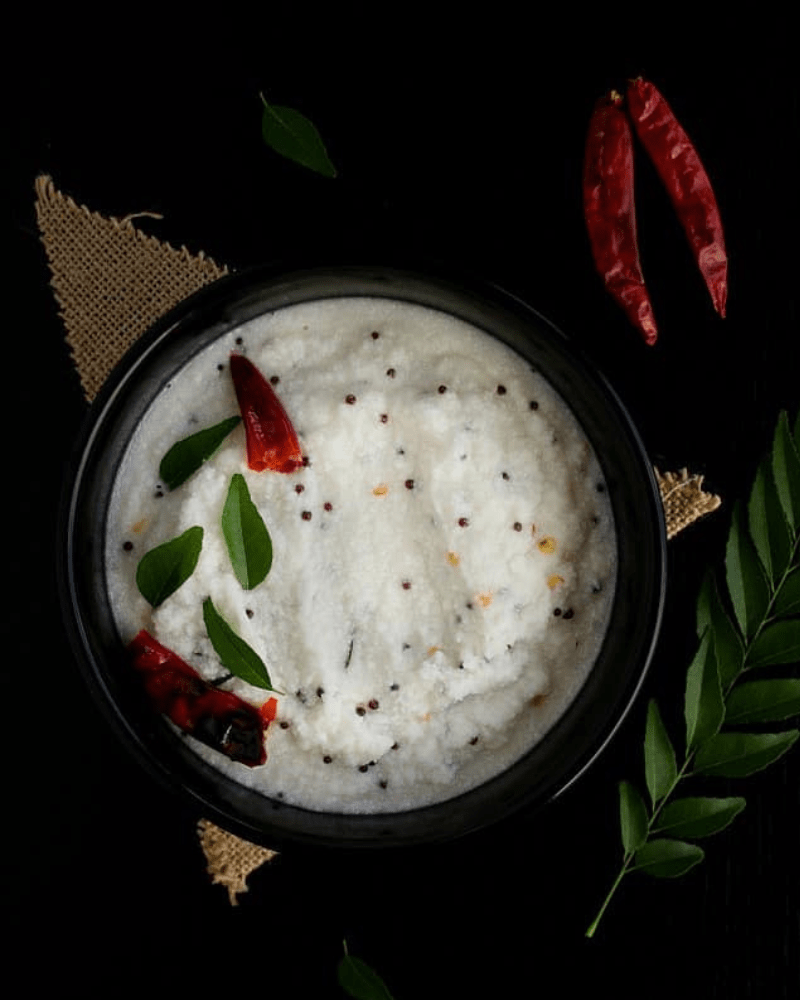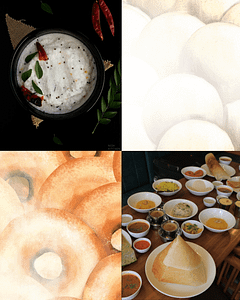Introduction:
When it comes to South Indian cuisine, one cannot overlook the humble yet flavorsome accompaniment known as coconut chutney. A staple in breakfast and snack menus across the southern states of India, this versatile condiment offers a burst of flavors that perfectly complements various dishes. Let’s dive into the world of South Indian coconut chutney, discovering its origins, ingredients, variations, and the art of making this delectable delight.
Origins and Significance:
Coconut chutney has a rich history deeply intertwined with the culinary traditions of South India. This condiment traces its roots back to ancient times, where coconuts were a readily available resource in the region. With a tropical climate conducive to coconut cultivation, it’s no surprise that this ingredient found its way into many traditional dishes, including the famous coconut chutney.
Ingredients and Preparation:
The core ingredients of South Indian coconut chutney are fresh grated coconut, roasted chana dal (split chickpeas), green chilies, ginger, and tempered spices like mustard seeds, urad dal (split black gram), curry leaves, and dried red chilies. The chutney is brought together with the tangy twist of tamarind or the mild sweetness of yogurt. All these elements are blended together into a smooth paste using a stone mortar and pestle, or more commonly today, a mixer grinder.
Variations:
The beauty of coconut chutney lies in its adaptability, leading to various regional and creative interpretations. Some popular variations include:
- Mint Coconut Chutney: Infused with the refreshing flavor of mint leaves, this version provides a unique twist to the traditional recipe.
- Coriander Coconut Chutney: The addition of fresh coriander leaves gives the chutney a vibrant green color and a distinct herbaceous aroma.
- Tomato Coconut Chutney: Tangy tomatoes add an extra layer of flavor and depth to the chutney, creating a delightful balance of tastes.
- Peanut Coconut Chutney: Roasted peanuts introduce a nutty texture and flavor, making this variation a protein-packed option.
Serving and Pairing:
South Indian coconut chutney is an ideal accompaniment to various dishes. It is commonly served with staple South Indian breakfast items such as idli (steamed rice cakes), dosa (fermented rice and lentil crepes), vada (deep-fried lentil doughnuts), and uttapam (savory pancake). The chutney’s creamy texture and subtle spiciness complement these dishes, enhancing their overall taste.
Conclusion:
The South Indian coconut chutney is more than just a condiment; it’s a culinary masterpiece that has stood the test of time. Rooted in tradition and evolving with creativity, this versatile accompaniment adds an irresistible dimension to South Indian cuisine. Whether you’re a lover of authentic flavors or a fan of experimenting in the kitchen, coconut chutney is a must-try that promises to tantalize your taste buds with each spoonful.



